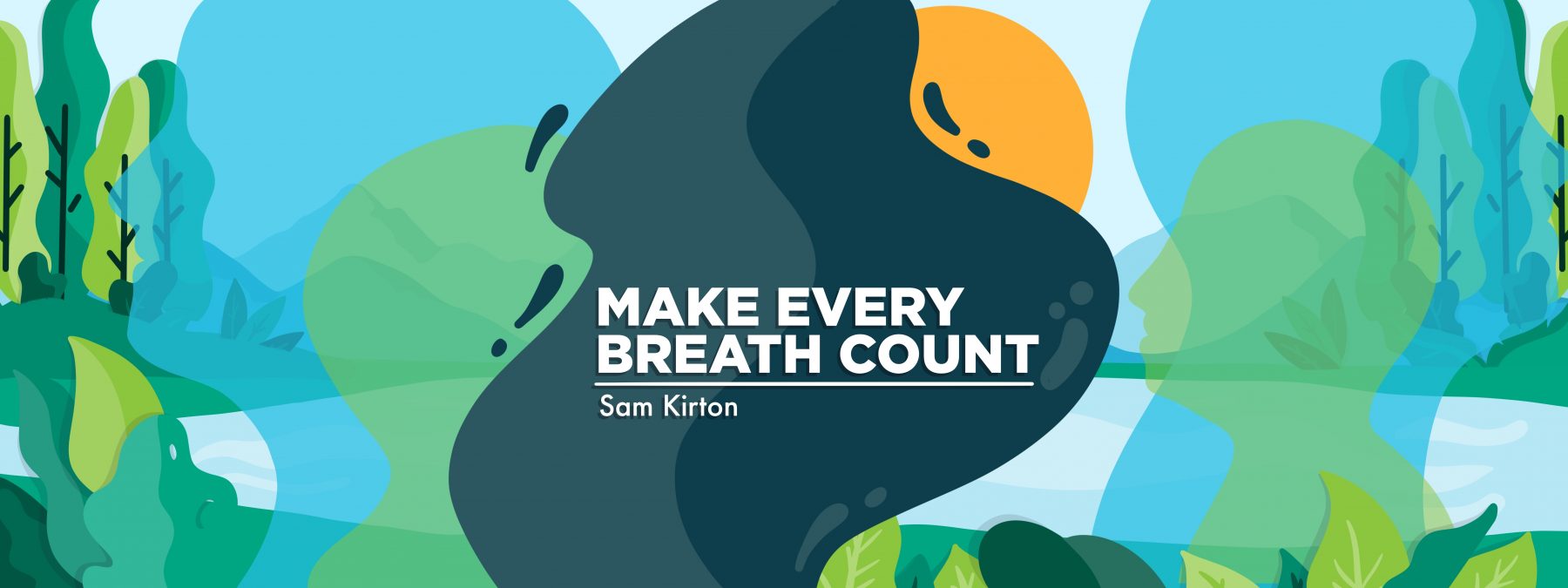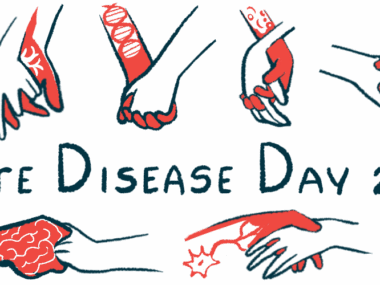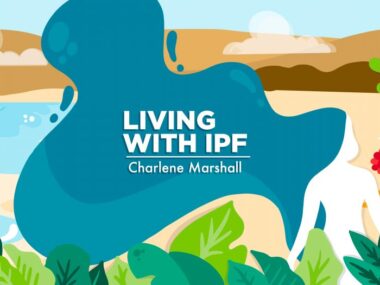Ensuring No One Is Underserved Along Roads Less Traveled
Written by |

The availability and quality of healthcare patients receive is often based on where they live and what they can afford. This is especially true for those among us with a rare disease.
That’s what health equity is all about. It belongs under the umbrella term “social justice,” which encompasses a wide variety of issues.
One such issue involves areas described as “deserts.” Deserts exist all around us. Less-affluent neighborhoods in urban environments where there is a lack of grocery shopping options are referred to as food deserts.
This same idea applies to areas without access to quality healthcare.
Location, location, location
As a patient with a rare disease and good insurance, I have been fortunate during my journey. I receive the best care in clean, modern facilities staffed by an amazing care team from INOVA Fairfax Hospital’s Advanced Lung Disease and Transplant Clinic.
Yet I am close to a large city. The farther a rare disease patient is from a major metropolitan area, the more likely they will find themselves in a healthcare desert.
Money, money, money
Clinic visits, labs, outpatient tests and procedures, and medications are just some of the costs associated with quality healthcare. For those with a rare disease, the medication costs can be especially daunting.
In the idiopathic pulmonary fibrosis (IPF) community, there are two approved anti-fibrotic medications, Esbriet (pirfenidone) and Ofev (nintedanib). In the U.S. the cost of a 30-day supply of these medicines can exceed $10,000 without insurance.
Take a breath
The costs associated with healthcare, including medicine costs, are partly due to innovation, technology, and research.
For instance, the costs of a traditional chest X-ray and a more advanced high-resolution computed tomography (CT) scan are significantly different. The CT scan provides more significant information for the care team.
Likewise, both Esbriet and Ofev are designated as orphan drugs, which come with advantages for the pharmaceutical companies. These companies invested their money in developing a drug intended for use by a very small community, and in return, they receive tax credits and potentially extended market exclusivity of up to seven years.
Other barriers
Money and location, while significant, are not the only barriers to quality healthcare. Consider some of the other equally daunting barriers.
Transportation can be a barrier if you do not own a car and must rely on public transportation. Public transportation in Fairfax, Virginia, for example, is widely available, while public transportation in more rural parts of the U.S. may not exist.
What about cultural and ethnic barriers? What about stereotypes and stigmas about disabilities?
Underserved is undeserved
Access to quality, affordable healthcare should be available to everyone. Healthcare is a necessity, with a long-term benefit of a better quality of life for the patient, reduced stress on our shared medical infrastructure, and ultimately, I believe, a reduced cost of long-term care.
The answer is not easy, but ignoring underserved communities is not an option.
Turning hope into reality
In many major metropolitan areas, large organizations are taking healthcare to the neighborhoods. Health screening in some neighborhoods is just as likely to take place in a mobile clinic.
Groups of local doctors are teaming up to deliver health screenings and some treatments to more rural communities across the country. These programs transform those healthcare deserts into a temporary oasis of medical hope. In some cases, an early diagnosis is life-altering.
Pharmaceutical vision
Pharmaceutical companies also deserve recognition for their efforts. Both Ofev and Esbriet have their own financial assistance programs for patients. In addition, several private programs help offset the cost of these drugs, which are so important to the IPF community.
These pharmaceutical companies have also helped ensure underserved groups are included in clinical trials. That broader representation can lead to a deeper understanding of any number of rare diseases.
The way ahead
While these are significant milestones, there is much work to do. Those who follow my column will not be surprised that I look for the positive on even the worst days.
During the COVID-19 pandemic, telemedicine has become more widely used. It has extended the reach of the medical community while helping reduce the potential for COVID-19 exposure. Underserved communities became more reachable via telemedicine. It is a step forward.
Acknowledging the problem
Advocacy groups, like the Pulmonary Fibrosis Foundation (PFF), have recognized the challenges facing underserved communities in their strategic plan, stating, “People living in underserved and rural communities may be especially vulnerable to disparities in care. The PFF will expand its efforts to ensure more consistent care across the U.S.”
Rare Disease Day 2022 is Feb. 28. Yes, we want treatments; yes, we want a cure; and yes, we want more equity for underserved communities so everyone has an opportunity to make every breath count.
Note: Pulmonary Fibrosis News is strictly a news and information website about the disease. It does not provide medical advice, diagnosis, or treatment. This content is not intended to be a substitute for professional medical advice, diagnosis, or treatment. Always seek the advice of your physician or other qualified health provider with any questions you may have regarding a medical condition. Never disregard professional medical advice or delay in seeking it because of something you have read on this website. The opinions expressed in this column are not those of Pulmonary Fibrosis News or its parent company, Bionews, and are intended to spark discussion about issues pertaining to pulmonary fibrosis.








Philipt Allesandro
Excellent article. I have IPF and in the process of being considered to be listed for transplant. I also have Pulminoary hypertension whiich i was prescribed TYVASO for. I was denied access to this treatment since i did not meet the low income criteria and drug was not approved by Medicare, i was told that monthly cost or this drug would be anywhere from 45 to 60 k. Although this drug could be life saving i am blocked from receiving it because my income is to high. Trust me I am normal middle class. So a different type of desert to deal with.
Samuel Kirton
Philipt,
Thank you for your comments. The cost of prescription drugs can be daunting. In my colleague, Ann Reynoso's column on drug copays and foundation help with copays discusses this very issue. Also, there is an upcoming webinar from the Pulmonary Fibrosis Foundation on financial assistance for medications. If you cannot attend the live session it will be available within several weeks of the webinar section of the PFF webpage.
Sam ...
Malcolm and Lynda Lloyd
Hi there, my name is Malcolm and I am an Australian. I have some serious lung issues such as Emphysema, COPD, Pulmonary Fibrosis and sever scaring of the lungs due to bouts of Pneumonia.
I also have Pseudomonas and MAC infections and breathing has become extremely difficult for me.
I look forward to any and all information your organisation can provide and offer myself, if I can be used, for any case studies.
Thank you for the information being provided so far.
Kind Regards,
Malcolm Lloyd
Samuel Kirton
Malcolm,
Thanks for your comments. I am so pleased you are willing to participate in studies. I recommend you start with your pulmonologist and care team to identify studies where you may be a good fit.
Sam ...